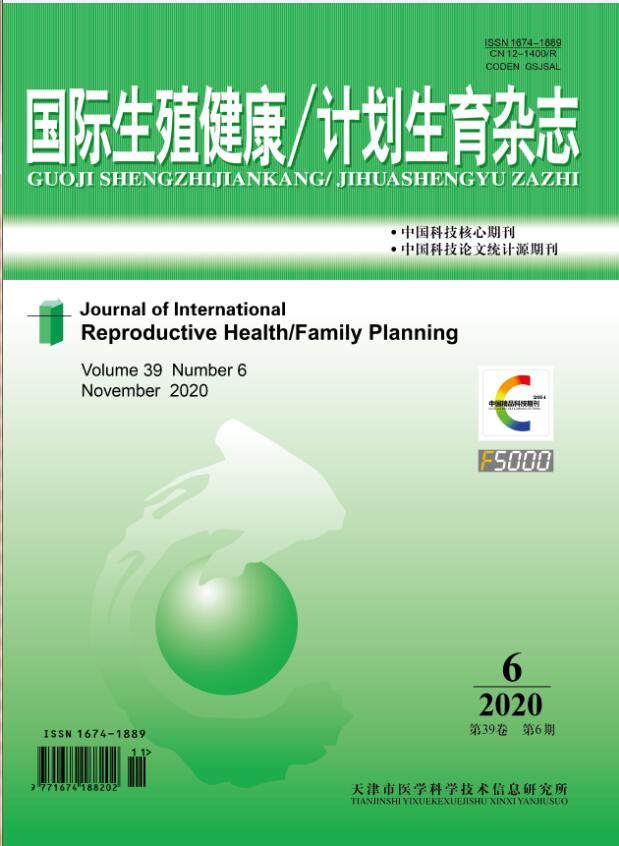|
|
Abnormal Karyotypes in 15 413 Cases with Prenatal Diagnosis in Guangxi Province, China: a Retrospective Study
HUANG Hong-qian;LI Meng;FEI Dong-mei;LIU Tian-sheng;ZHANG Hai-yan;CHEN Qiu-li;OUYANG Lu-ping;LIU Sun-rong
2013, 32 (6):
459-461.
Objective: To analyze retrospectively the abnormal karyotypes, and the indications of prenatal diagnosis, and to follow-up survey those fetuses with abnormal karyotypes, so as to provide references for genetic counseling. Methods: Chromosomal karyotype analysis was performed in 15 413 cases with the indications of prenatal diagnosis, using fetal samples by amniocentesis or umbilical cord puncture with the informed consent. Total 220 pairs with abnormal karyotype fetuses were surveyed follow-up by phone, and their child were checked chromosomal karyotypes using peripheral blood samples. Results: Total success rate of cell culture was 99.6% (15 349/15 413), including 99.76%(11 299/11 326) in amniotic fluid samples and 99.1%(4 050/4 087) in umbilical cord blood samples. The rate of chromosomal abnormalities was 11.20% (1 719/15 349), including 8.70% (1 335/15 349) normal polymorphism, 1.72% (264/15 349) abnormal number of chromosomes and 0.79% (121/15 349) structural abnormalities of chromosomes. Classified according to the indications of prenatal diagnosis, the rates of chromosomal abnormalities were as follows, 10.67% (879/8 236) Down′s syndrome, 9.76% (128/1 312) elderly pregnant women, 12.27%(138/1 125) history of adverse pregnancy, 11.40%(124/1 087) abnormality found by B-ultrasound, 23.91%(132/552) abortion due to fetal malformation. In those chromosomal abnormalities, 108 abnormal karyotypes were from mothers, 69 from fathers, 43 from spontaneous abnormalities. Conclusions: The prenatal diagnosis and chromosomal analysis in those high-risk pregnant women are helpful to reduce birth defects.
Related Articles |
Metrics
|

